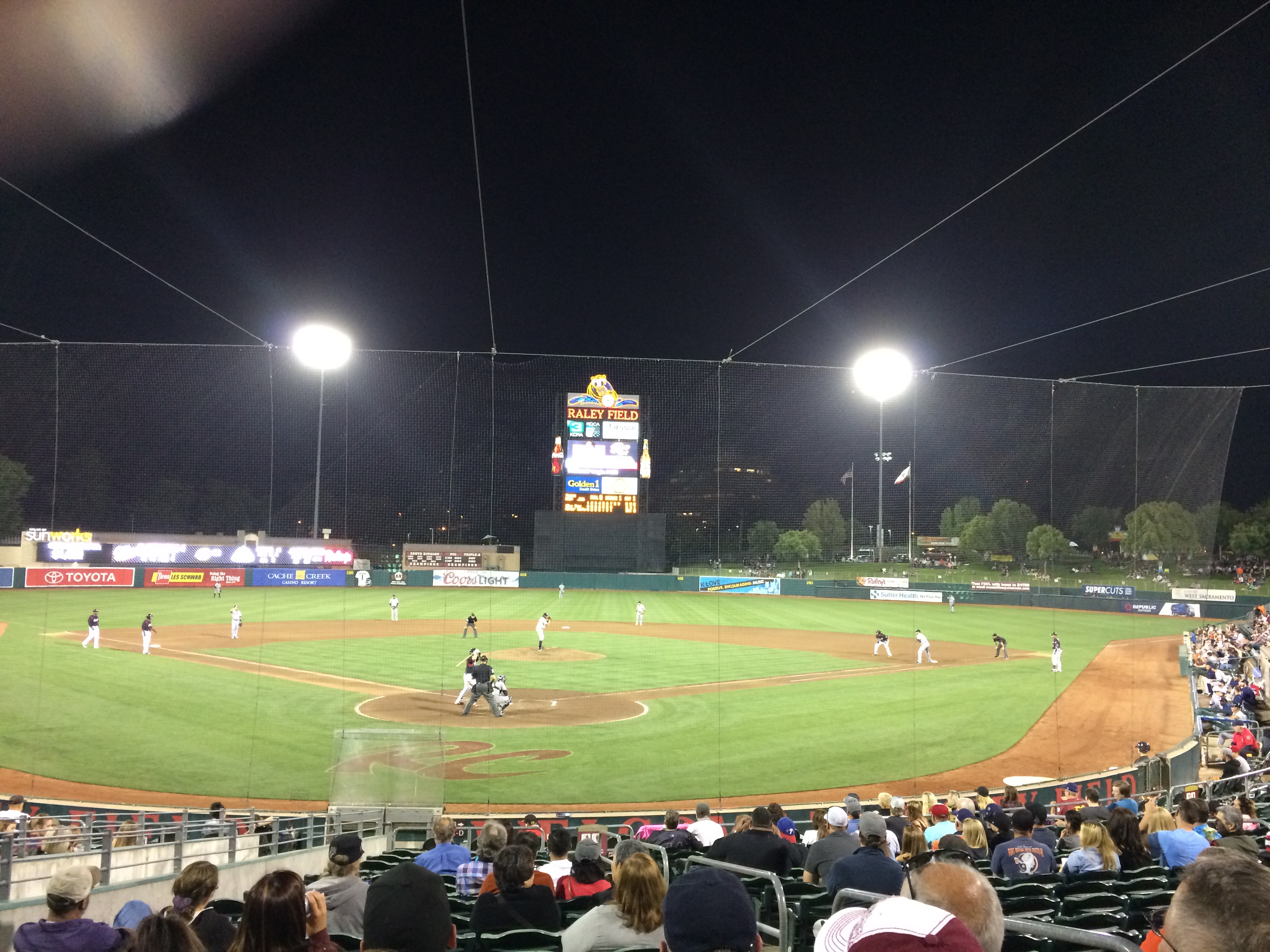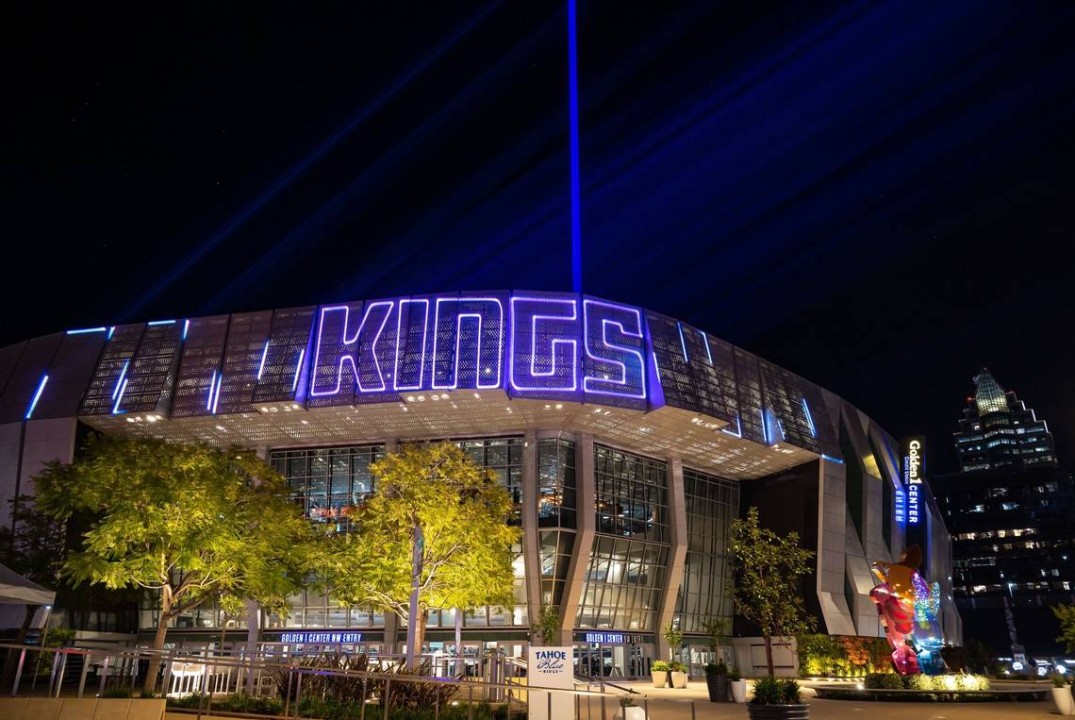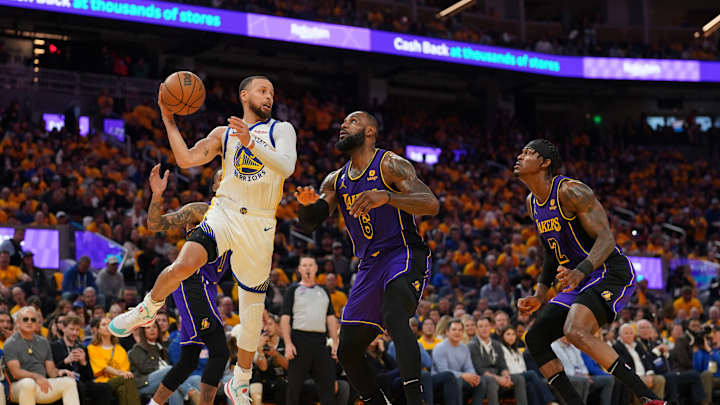Understanding The Papal Conclave: How The Next Pope Is Chosen

Table of Contents
The Beginning of the Conclave: Prerequisites and Preparations
The period between a Pope's death or resignation and the Conclave itself is a time of significant preparation and solemn reflection. The death of the Pope is officially declared, a period of mourning commences, and the focus shifts to the crucial task of electing a successor. The role of the Cardinal Camerlengo (Chamberlain) becomes paramount during this interim period. The Camerlengo acts as the head of the Papal household, managing its affairs until a new Pope is elected.
- Sealing the Papal Apartments: The Papal apartments are immediately sealed to ensure the security and preservation of papal documents and possessions.
- Preparation of the Sistine Chapel: The Sistine Chapel, the location of the Conclave, undergoes a meticulous cleaning and preparation process. This includes ensuring the proper functioning of the voting system and the arrangement of the cardinals' sleeping quarters.
- Gathering of Eligible Cardinals: Cardinals from around the world begin to converge on Rome, their arrival carefully coordinated.
- Confirmation of the Vacancy of the See: The formal confirmation of the vacancy of the See of Saint Peter – the official announcement that the papacy is vacant – sets the stage for the Conclave to begin. This declaration officially begins the selection process of the next head of the Catholic Church.
The Cardinals: Who is Eligible to Participate?
The Papal Conclave is not open to all Cardinals. Only those who meet specific criteria are eligible to participate in the election. The College of Cardinals, a body of high-ranking clergy appointed by the Pope, holds immense importance within the Church. Their collective wisdom and experience are crucial to the selection process. Eligibility hinges on several key factors:
- Age Limit: Only Cardinals under the age of 80 are eligible to vote in a Papal Conclave. This ensures a balance of experience and vitality in the decision-making process.
- Appointment by the Pope: Cardinals are appointed by the reigning Pope, making their selection a reflection of his vision and judgment for the future of the Church.
- Role in the Church Hierarchy: Cardinals hold significant positions within the Catholic Church hierarchy, often leading dioceses or holding important administrative roles within the Vatican.
- Geographical Representation: The College of Cardinals strives for geographical representation, ensuring that the perspectives and needs of the global Catholic Church are considered.
The Secret Process: Seclusion and the Scrutiny
The Conclave is renowned for its strict rules surrounding secrecy. This is to ensure the integrity of the election process and protect the cardinals from undue external influence. Once the Conclave begins, the cardinals are effectively sequestered within the Sistine Chapel, with limited contact with the outside world.
- The oath of secrecy sworn by all participants: Each cardinal takes a solemn oath of secrecy, promising not to reveal any information about the deliberations or votes cast during the Conclave.
- The mechanics of the voting process: Voting is conducted using secret ballots, meticulously counted and verified to ensure accuracy.
- Interpretation of the white and black smoke signals: The world watches anxiously for the "fumata," the smoke signal emerging from the Sistine Chapel's chimney. Black smoke signifies no election; white smoke indicates a new Pope has been chosen.
- The role of the scrutineers: Special scrutineers oversee the voting process, meticulously counting ballots and verifying the results to ensure fairness and transparency.
The Election of the Pope: Reaching a Two-Thirds Majority
The election of the Pope requires a two-thirds majority vote of the eligible cardinals. This ensures a broad consensus among the College of Cardinals.
- Number of ballots required: The voting process continues until a two-thirds majority is reached. There's no limit to the number of ballots that can be cast.
- Potential for delays and extended Conclaves: If a majority isn't reached, the Conclave can continue for several days, even weeks, until a Pope is elected. This highlights the importance of careful deliberation and consensus-building.
- Procedures for handling invalid ballots: Strict procedures are in place to handle invalid or spoiled ballots, ensuring the integrity of the voting process.
The Announcement of the New Pope: "Habemus Papam!"
The moment the new Pope is elected is a momentous occasion for the Catholic Church and the world. The announcement is made from the balcony of St. Peter's Basilica.
- The announcement from the balcony of St. Peter's Basilica: The world waits with bated breath as the Cardinal Protodeacon announces the election of the new Pope.
- The unveiling of the new Pope to the world: The new Pope then appears on the balcony, greeted by jubilant crowds.
- The subsequent Papal Mass and inauguration: The election is followed by a Papal Mass and inauguration ceremony, formally installing the new Pope in his position. The phrase "Habemus Papam!" ("We have a Pope!") reverberates throughout St. Peter's Square and across the globe, signifying the successful conclusion of the Papal Conclave.
Conclusion
The Papal Conclave, a process shrouded in secrecy and tradition, is a vital event in the Catholic Church. Understanding its intricacies, from the preparation and eligibility requirements to the voting process and the announcement of the new Pope, provides insight into the selection of the global leader of the Catholic faith. By learning about the Papal Conclave, we gain a deeper appreciation of the complexities and significance of this unique historical and religious event. For a more in-depth understanding of this fascinating process, further research into the history and rituals of the Papal Conclave is recommended. Delve deeper into the intricacies of the Papal Conclave and discover more about this fascinating process!

Featured Posts
-
 Going From March Madness To Trademark Madness A Guide For Brands
May 07, 2025
Going From March Madness To Trademark Madness A Guide For Brands
May 07, 2025 -
 Aviators Weekend Performance Secures Series Victory Over Sacramento River Cats
May 07, 2025
Aviators Weekend Performance Secures Series Victory Over Sacramento River Cats
May 07, 2025 -
 Home Court Advantage Key To Warriors Rockets Playoff Success
May 07, 2025
Home Court Advantage Key To Warriors Rockets Playoff Success
May 07, 2025 -
 Steelers Face Losing George Pickens Before 2026 Insider Report
May 07, 2025
Steelers Face Losing George Pickens Before 2026 Insider Report
May 07, 2025 -
 Warriors Blowout Loss A Historical Perspective
May 07, 2025
Warriors Blowout Loss A Historical Perspective
May 07, 2025
